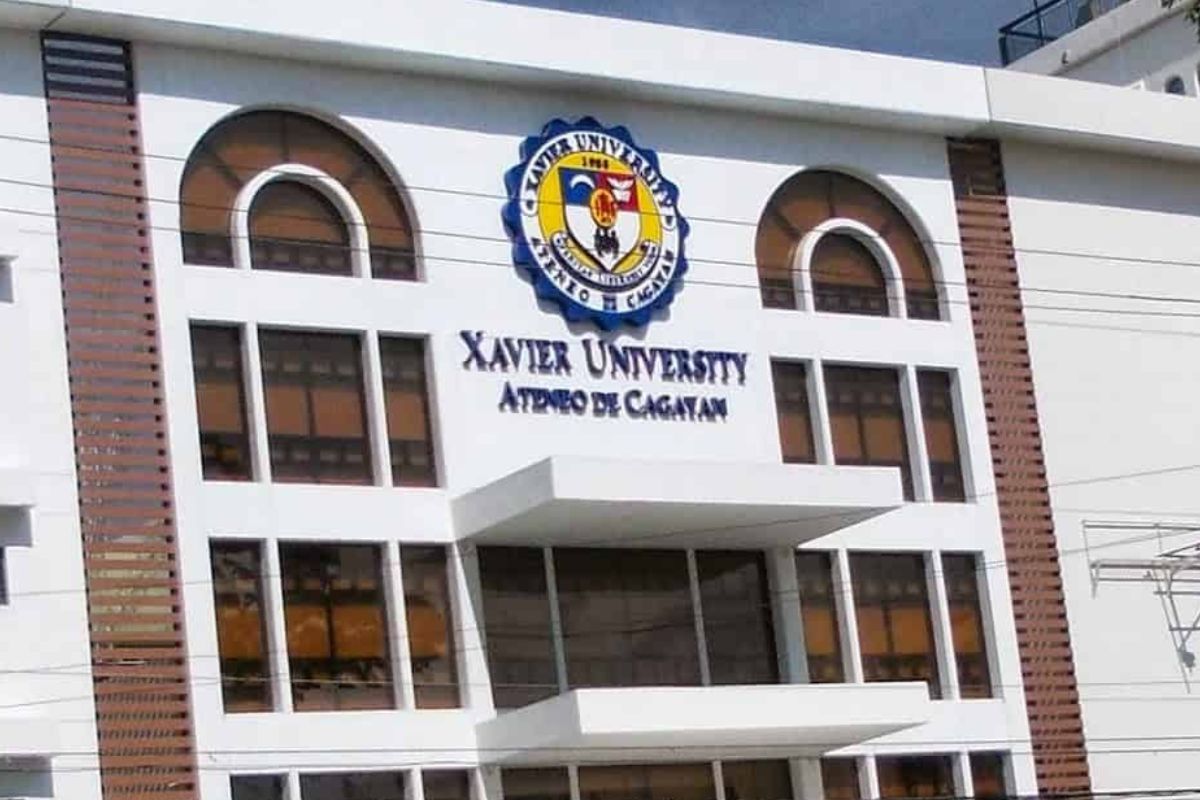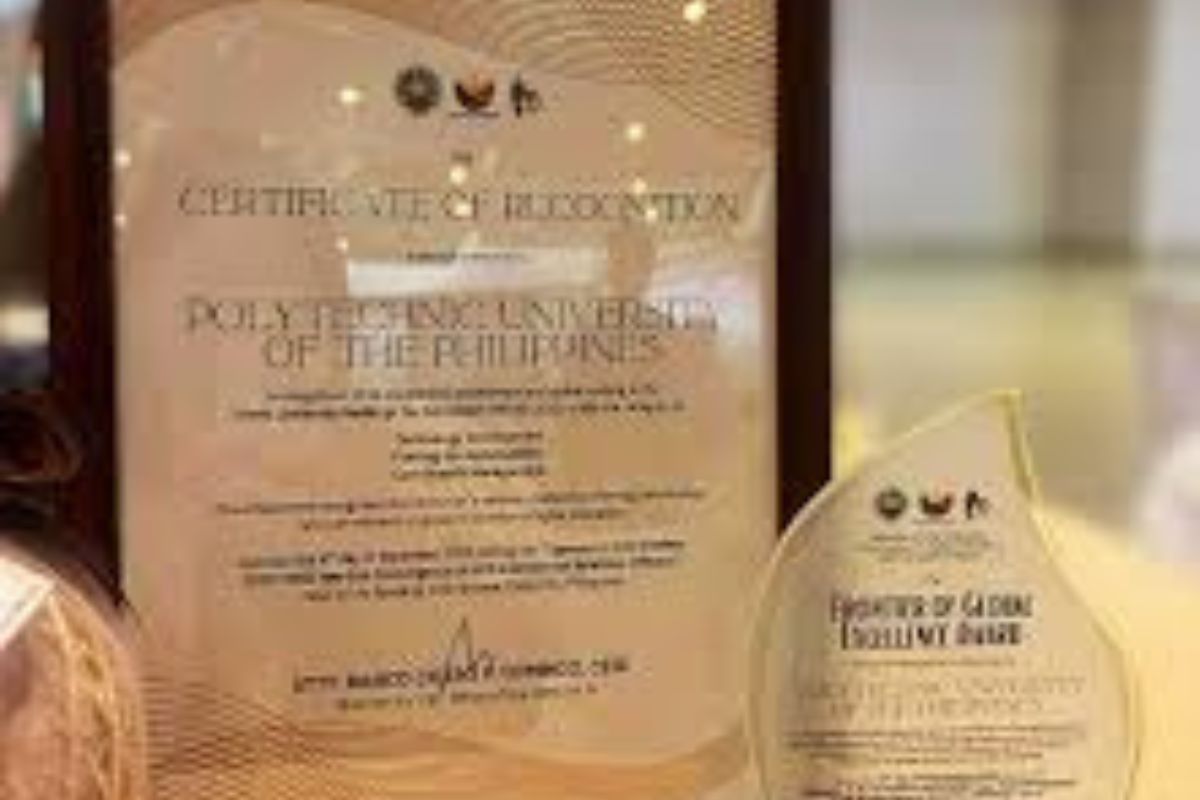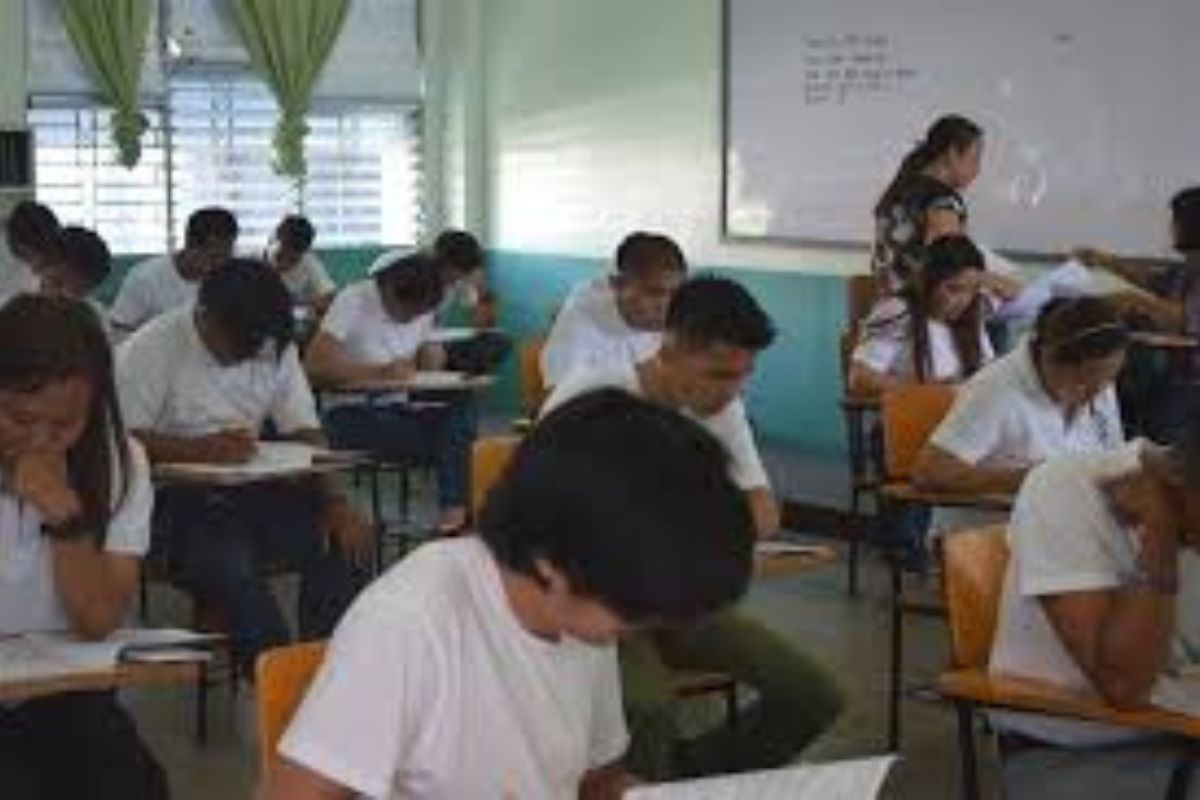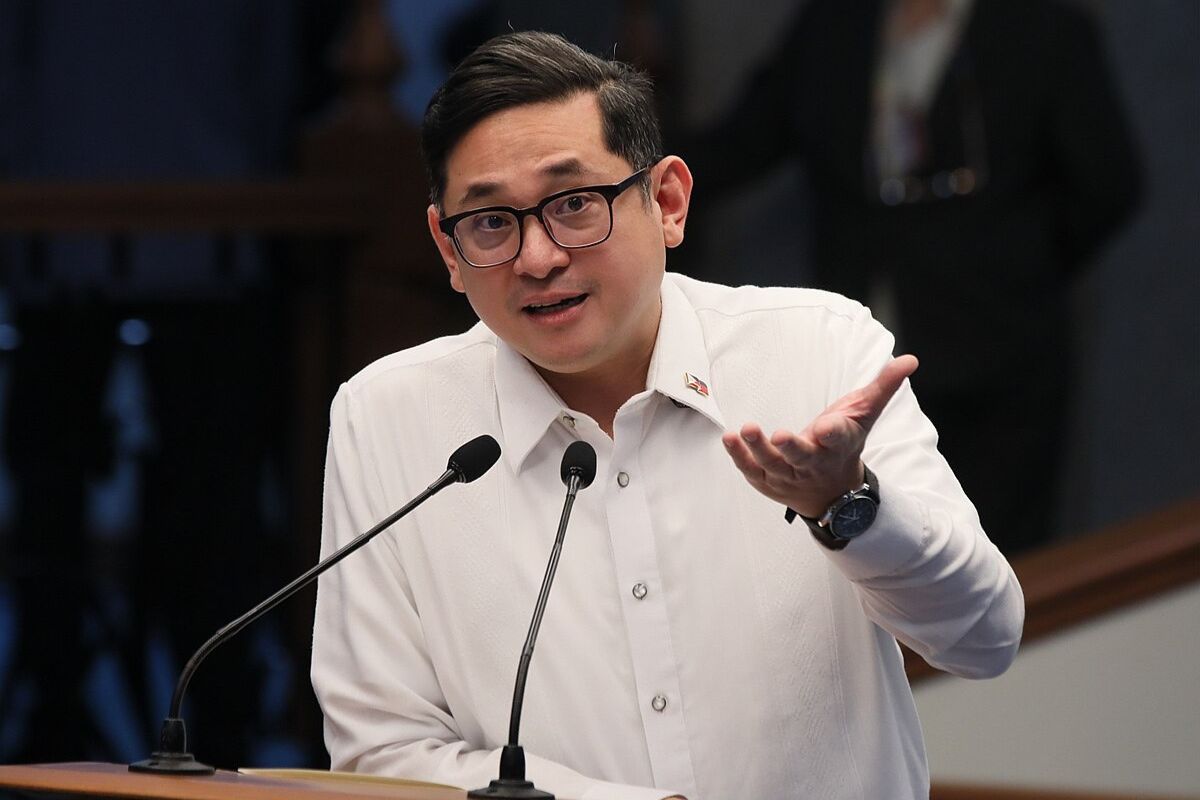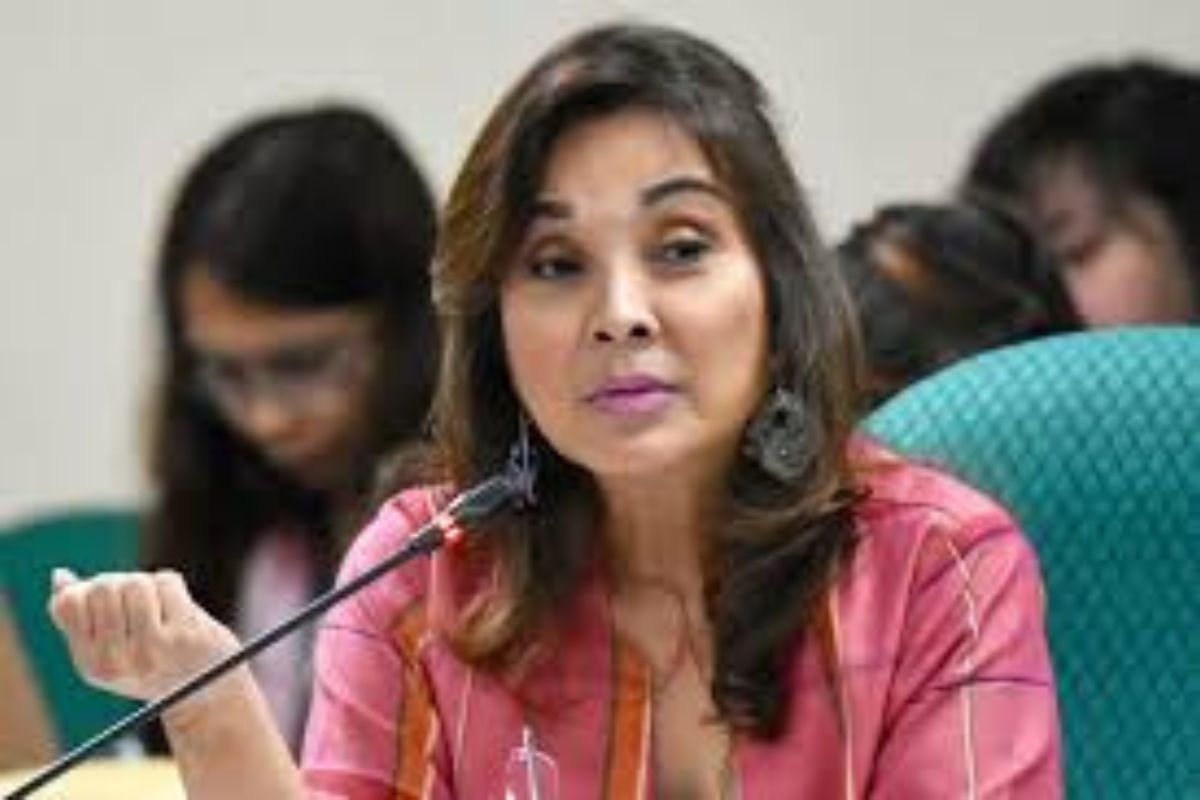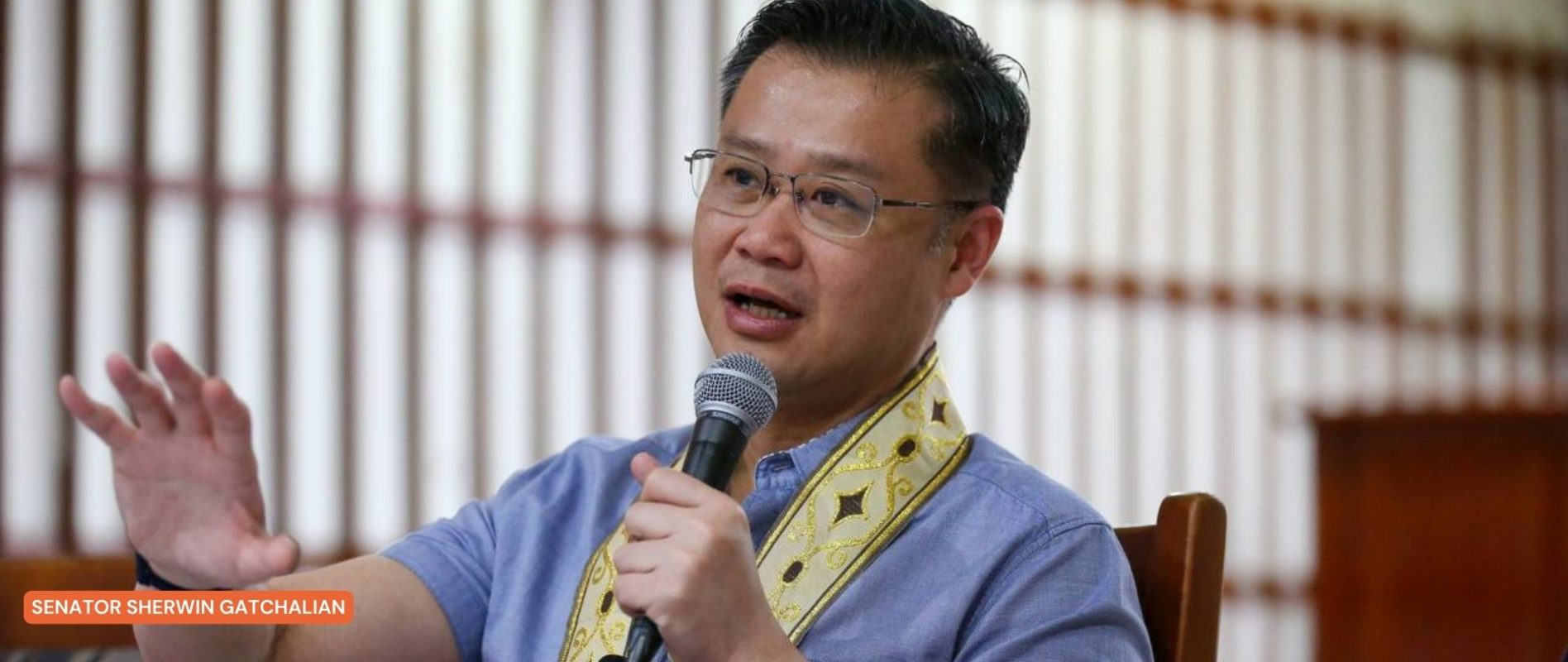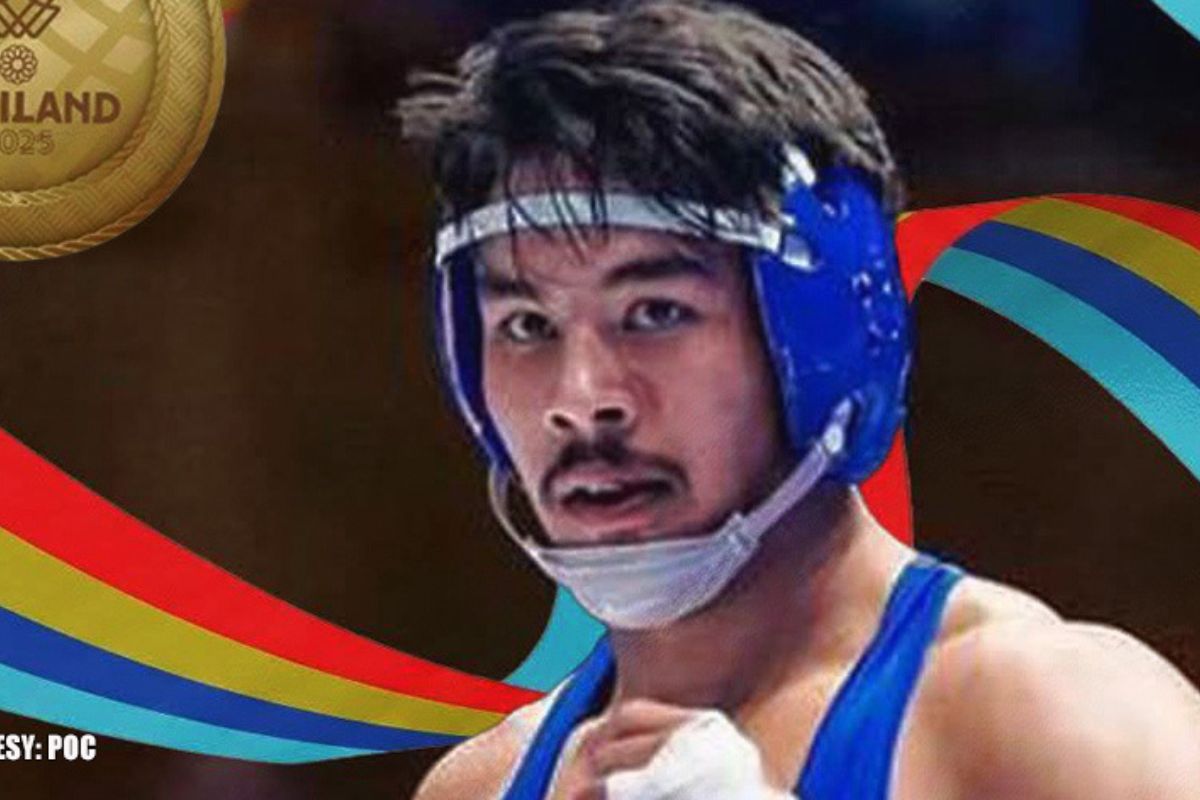PRIVATE SCHOOLS FIGHT FOR SURVIVAL
ONCE seen as the top choice of middle class families for their children’s education, private schools are now barely coping with the impact of the pandemic.
Covid19 left many households in dire financial straits, affecting their capacity to pay tuition and other school fees.
Private schools face the looming threat of permanent closure because of the dip in the enrolment — their main source of funding.
Last September, Education Undersecretary Jesus Mateo revealed that 865 private schools suspended their operations this year. The reasons include low enrollment turnout and the inability to meet the requirements of learning management systems for the conduct of distance learning.
This was in relation with the education department’s order in June of “non-negotiable” requirements for distance learning such as schools setting up own email domains and educational platforms, hiring help desk personnel and making sure students and teachers have the necessary resources to access the lessons.
Based on data from the Department of Education, only around 2 million learners registered in private institutions compared to last year’s 4.4 million, a 53 percent drop.
The closures have affected over 4,400 teachers and 58,000 students, mostly in the elementary level.
Seeking help
The Coordinating Council of Private Educational Associations has urged the government to give financial aid to private institutions on the brink of closure.
 In an interview, COCOPEA Managing Director Joseph Noel Estrada said that some of the schools they surveyed last April have considered halting their operations because they expected few students to enroll in private institutions this year.
In an interview, COCOPEA Managing Director Joseph Noel Estrada said that some of the schools they surveyed last April have considered halting their operations because they expected few students to enroll in private institutions this year.
“There are several schools asking for help, how to close schools, what do they need to do to implement the closing. They are not expecting their enrollment to improve and if there is a very small number of students, it will be impossible for them to continue,” Estrada said.
In a Senate hearing, Estrada asked lawmakers to continue providing subsidies to the students despite the pandemic.
“[We] are also looking into expanding these subsidies to other students, who are not initially grantees but nonetheless are economically affected by the pandemic,” he said.
Meanwhile, Education Secretary Leonor Briones said that she had consulted with acting Socioeconomic Planning Secretary Karl Kendrick Chua on providing financial assistance to private school teachers affected by the closures.
Chua recommended that teachers apply for government programs for cash aid but Estrada said that most private school teachers are not qualified for the subsidy.
Federation of Associations of Private School Administrators president Eleazardo Kasilag said that teachers of closed private schools had to find other sources of income to survive the pandemic.
“If there is something in the hearts of people in the government for private schools, this is the best time to come to our rescue,” Kasilag said.
Shutdowns
Most private schools have opted for temporary closure during the pandemic, others have decided to shut down permanently.
Some school administrators expressed belief that more shutdowns would happen if the government will not do anything to help these private institutions.
 An example is the College of the Holy Spirit-Manila.
An example is the College of the Holy Spirit-Manila.
In a letter issued by its administrators, the college said that “Government policies (on K-12); free tuition in state colleges and universities, local universities and colleges, and state-run technical and vocational institutions; and the significant increase in public school teachers’ salaries compared to their private school counterparts” are among the reasons for its decision to close down.
The Education department has set December 29 as the deadline for private schools to submit notices of temporary closures. Failing to do so would have the institutions revoked of their government recognition and permit to operate for the next school years.
The notice of temporary closure would indicate the intent of the school to reopen next school year. It also requires them to submit their reasons for shutting down for one year, evidence that they have communicated to parents of their closure, and arrangements to assist affected students and personnel.
Schools also have until March 31 to submit a letter to their DepEd regional office to be given a new permit to operate.
While the future of private schools remains uncertain amid the pandemic, all they could do right now is to endure, as much as possible, the challenges brought by the “new normal.”
Until the financial situation of families improves or the government gives them aid, more private schools are expected to close down in 2021.


